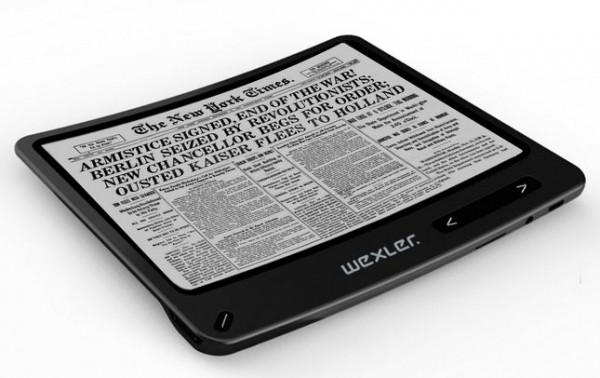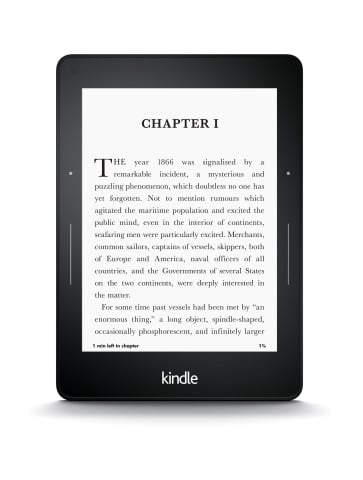The Problem with Hoopla’s Pay-Per-Loan Model

Publishers like HarperCollins and Simon & Schuster have recently shown increased interest in the pay per loan library ebook services offered by Freading and Hoopla, but at the same time libraries are pulling back.
Publishers like this model because they get paid each time a work is loaned to a patron.
At first, librarians also liked the model because it meant they would not have to pay full price to get copies that might go unused, but then the monthly bills started arriving and the honeymoon ended.
Many libraries have imposed caps on their Hoopla offering. Some have reduced the number of works a patron can borrow each month while others have set a limit on the number of loans made each calendar day.
Sonoma County Library, which is located just north of San Francisco, has a daily lending limit which resets every day at 8pm eastern, while on the other side of San Francisco the San Jose Public Library now limits patrons to only borrowing 6 works each month.
The SJPL made it clear that the problem was the cost of Hoopla:
We love this resource, and we want everyone to have a chance to use it. That means that we have to figure out a way to make our payment model fair for everyone. After giving it a great deal of thought, we have decided that a way we can make Hoopla available to every one of our users is to decrease the monthly limit from 8 items to 6 items. This will take effect on November 1. We hope that this will help us manage the cost so that we can keep providing this great content!
The West Fargo Public Library in North Dakota has also reduced its monthly limit.
The Appomattox Regional Library also cited budget constraints as the cause of their daily lending limits. "Due to an increased number of users on the service and with the budget amount allocated for Hoopla, we are finding that the budget caps we have in place for daily usage and monthly limits are being reached much more quickly than in the past, the FAQ reads. "We are working on a solution and are so grateful that such a large number of patrons are interested in using Hoopla."
And then there is CLEVNET, a consortium of 43 library systems in northern Ohio. The Sandusky Register reports that CLEVNET offered Hoopla for a year and then dropped it because the cost was double what had been anticipated.
Many of the libraries that make up CLEVNET decided to keep Hoopla and fund it out of their respective budgets. Few have had trouble with funding, but then again only 2% or 3% of their patrons are signed up. As that number grows, the libraries are bound to be facing a budget crunch.
image by Changhai Travis



Comments
Anthony June 26, 2017 um 4:13 pm
The Seattle Public Library offers Hoopla, with a set limit of 20 items per month. Which is apparently generous versus a limit of a half-dozen or so items.
MKS June 26, 2017 um 5:07 pm
Seattle and King County Libraries use Hoopla for streaming videos and music and comic books, but not e-books. For e-books they use Overdrive, which does the "Pretend it’s Print" model.
Tom Semple June 27, 2017 um 12:44 pm
San Francisco Public Library limit is 20 items: books (including comic books, ebooks, and audiobooks), music, and video. It is hard to see how many ebooks are available, but they seem to be a different mix than what is offered through Overdrive. SFPL, like SJPL, is one of 5 California libraries which any CA resident can get a card from, so it gets state funding as well as local funding. As such it has a pretty good selection compared to 'local' libraries (probably 70,000 titles in ebooks).
Tom Semple June 27, 2017 um 12:46 pm
I should say 'Hoopla' borrowing limit. Overdrive is also 20.
Chris Weber June 27, 2017 um 2:52 pm
Cuyahoga County Library limit for Hoopla is 100 items. I don’t think there is a format limit?
Sarah June 27, 2017 um 2:52 pm
To be fair, many libraries put limits on lending physical materials as well to make sure there’s enough to go around for everyone with what has been purchased with the budget available. You might be limited to 2 DVDs/day or 50 items total checked out at one time or any other limit that allows libraries to balance demand with availability.
I’m not saying Hoopla isn’t expensive, because it is, but reasonable limits are how libraries can afford to serve everyone, and that’s not a new concept or even necessarily a bad thing.
Episode 169 – Amazon Beta Testing, Author Obligation, and Being Prolific | Sell More Books Show June 28, 2017 um 7:01 am
[…] News #4: So Much Hoopla (2) […]
HarperCollins' Audiobooks Now Available Though bibliotheca’s cloudLibrary | The Digital Reader August 15, 2017 um 12:01 pm
[…] it is closer to renting than borrowing, and it comes with financial issues; some libraries have had to impose usage limits to keep from exceeding their […]
PJL October 23, 2017 um 1:00 pm
MKS, you said Seattle does not use Hoopla for eBooks; what about audiobooks?
Abby October 26, 2017 um 1:50 am
I live in a small town. We have hoopla. It started at 5 per month the. Went down to 3. And now it seems like any time I try to order a book the library has already reached its cap.. it’s frustrating!!!!
Mark Roirm April 5, 2018 um 6:30 pm
Hoopla advertises to libraries as free, but then you get hit with the bill which is shockingly high, especially in rural/low-income areas where any supposedly "free service" is readily embraced by patrons. And don’t forget the "free" data-mining patrons provide even though their tax dollars pay for the service.
Chuck Koehler July 23, 2018 um 9:54 pm
very disappointing. The Houston Public library will only allow 2 checkouts per month excluding e-books and audio books beginning in August. I only checkout e-books because I like the convenience of not having to return physical books or forgetting to return and incurring a late fee.
Readaholic July 4, 2019 um 8:25 pm
The collective daily borrow limit set by your library has been reached and will reset at midnight. Please browse and add titles to favorites so you can easily access them after midnight.
this is a waste of public money to pay this tacky service. but 8 am
buy real books please libraries.
Darrell August 21, 2019 um 12:25 pm
The Hoopla model is fundamentally wrong for taxpayer funded public libraries. The standard purchasing model which fueled library growth for centuries is simple – the library buys items of interest to their population and makes them available for borrowing to everyone in the community. Popular fiction and DVDs cost about $15 per item and circulate up to 45 times (books) and 100 times (DVDs with care) before they are either replaced or deaccessioned. A Hoopla 'rental' costs up to $2.95 per circulation — that works out to a cost of at least $295 to provide access to a popular movie vs. $15 for the DVD. That is the equivalent of placing a basket of money or Amazon gift cards on the circulation desk and inviting anyone who comes in that day to go and buy themselves some music or a movie. Libraries loan materials. They do not give away taxpayer money to the select few who happen to walk in the door …
Note that services such as Overdrive do conform to the purchase / lend model — rights to an item are negotiated with the publisher, and the audio or e-books are digitally borrowed and returned. Right now there is no Overdrive model for popular films and music — I suggest that libraries and consortiums that cave in to Hoopla’s outrageous price gouging in order to 'stay relevant' are not going to bring any kind of pressure on major studios and distributors to adopt the Overdrive model and thereby reduce costs and increase availability of digital media for the communities they serve.